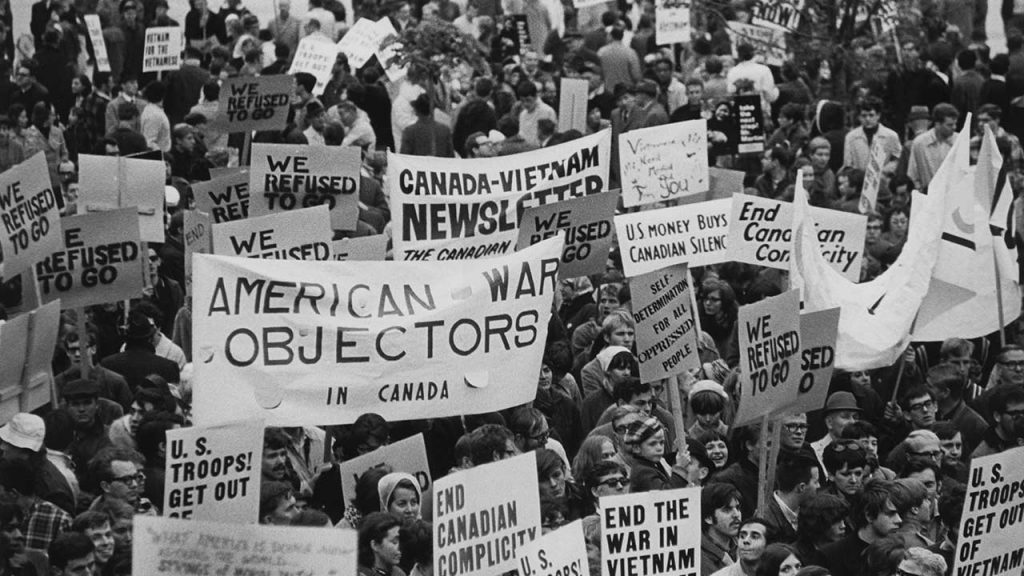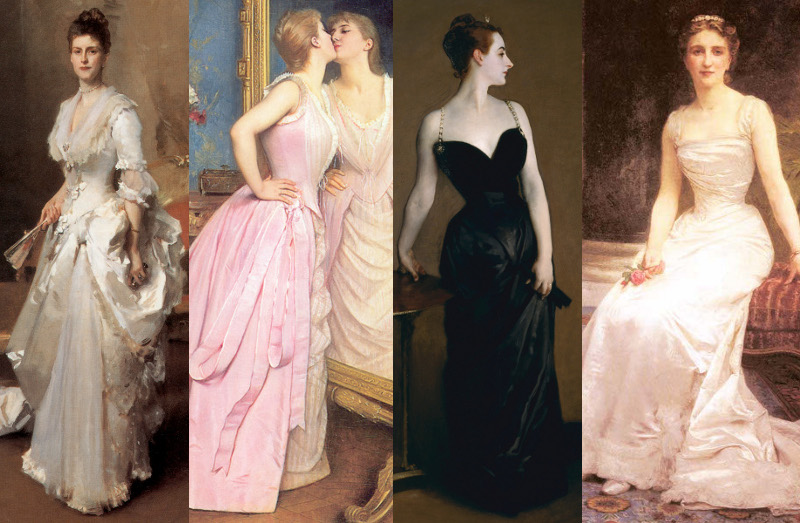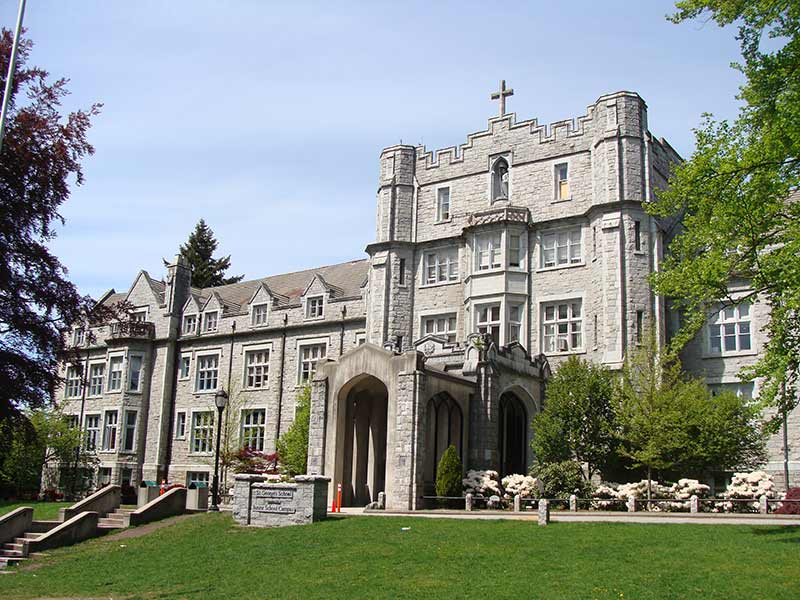Summaries of Talks and Field Trips - 2016
Glimpses of the Past through description, related books and internet connections
The Kitsilano Indian Reserve
Allotted by the colony of British Columbia in the 1860s and expanded in 1876 after the colony joined Canada, the Kitsilano Indian Reserve amounted to 80 acres at the mouth to False Creek. It included the age-old Coast Salish village site of Snaag which was left vacant when, making way for other development, the male heads of its families were paid to move with their families to the North Shore. However, in 2002, a unanimous five-judge panel of British Columbia Court of Appeal upheld a trial court decision that approximately 10.5 acres of the former Kitsilano reserve should again be Indian reserve. With the decision, the reserve reappeared in the heart of Vancouver. Nonetheless, during the period up to 2002 the other 70 acres have become, in part, the old CPR right of way, Vanier Park, the Molson Brewery site, city streets etc. Changing legal framework, the discussion of property vs. sovereignty, traditional federal fiduciary responsibility, and how the City of Vancouver deals with this important parcel of land are all questions that have yet to be fully answered. It is a work in progress.
The Hastings Mill Monument and the “Flying Angels” Mission to Seafarers
Since 1966, the VHS’s 3-part granite Hastings Mill Monument has been situated near the “Flying Angel” Mission to Seafarers on the site of the old Hastings Mill. (for a full story of the VHS Monument, see our Projects and Publications section [1966] on this website). However, because of recent expansion of the Port of Vancouver (PoV) facilities and the need for greater security, the area presently occupied by the monument will be taken over by the PoV and the monument will have to be moved. The VHS is working closely with the PoV and the City of Vancouver to try secure a new location.
The adjacent blue building which now houses the “Flying Angel” Mission to Seafarers was originally constructed in 1906 by the BC Mills Timber and Trading Company Ltd as an office and demonstration centre to show off their pre-fab construction techniques as well as different types of wood. When the old Hastings Mill closed in the 1920s, the building was briefly used as an office by the Vancouver Harbour Commission until they vacated it in 1930. More than two decades later, having been at other locations in the city, the “Flying Angels” Mission to Seafarers moved in and have been there ever since. Originally they serviced 90,000 seamen a year; however, because of more mechanized ships and smaller crews, they now service and provide real and ecumenical spiritual sustenance to 15,000 appreciative seamen from all over the world. Several people claim to have seen ghosts and heard the presence of spirits in the building and even though the present manager has not seen any herself, she respects their claims.
Direct Action: Left Wing Activism in the 1970s and 1980s
In spite of Canada’s reputation as being a peaceful country with a peaceful past, activism in Vancouver, British Columbia and elsewhere contradicts this myth. In the 1970s and 1980s, for example, activist struggles against racism, capitalism, patriarchy, sexism, homophobia, environmental issues, etc. brought about the organizing of “Direct Action”, the five principal activists (above) of whom chose the tactics of destruction of symbolic structures to make their point. They have served extensive prison sentences. Another group, the “Wimmin’s Fire Brigade” made their point against sexism and exploitation by fire bombing video shops (namely Red Hot Video) which carried various violent forms of pornography, particularly against women. Times have changed but it is instructive to remember that meaningful changes to our society have come about through sometimes violent action rather than the accepted narrative of change through quiet dialogue.
Selling Bread to Housewives in the 1920s
The plight of the overworked housewife, juggling her duties raising children and running a household, became a running theme in newspaper advertising of the very large Shelly Vancouver-based 4X Bakery in the 1920s. Other bakery ads tracked the public-health and safety concerns of the era, speaking to hygiene, to bread-delivery boys who never touched the horses pulling the 4X wagons, and to the safety of children going to corner stores carrying Shelly’s products, all reflecting the context and attitudes of the time. Michael Kluckner first researched William Curtis Shelly and his bakery in 1989, after painting Shelly’s old Fairview house that appeared slated for demolition. Shelly himself was a well-known businessman and politician, as well as a magician, serving as the chair of Vancouver’s Park Board and as the province’s Minister of Finance. Michael’s interest was rekindled in Shelly’s bakery during the renovation of an old grocery store on Victoria Drive when there emerged into the sunlight a forgotten painted Shelly’s Bakery advertisement which had been covered by stucco for half a century.
The City of Burnaby’s Historic Deer Lake Park
Burnaby’s Deer Lake Park is a treasure trove of preserved and reconstructed history. In 1953, after the relocation of the Municipal Hall to the Deer Lake area, plans were envisioned to develop a cultural hub. This came to fruition in 1967 with the opening of an art gallery and gardens on one of the former grand estates, a particularly fine example of English Arts and Crafts style, the Henry and Grace Ceperley 1909 estate of “Fairacres”. This mansion was just one of several large estates purchased in the immediate area by the municipality many of which have since been carefully restored to serve various functions. All have interesting pasts. For example, “Fairacres”, before it became a gallery, was sold in 1922 to the former mayor of Vancouver, and after a succession of owners was purchased in 1939 by the local Catholic Diocese for a group of five Benedictine monks to establish a Priory in the province. However, the Benedictines sold it in 1955 when they established Westminster Abbey at Mission, BC. The mansion was sold to a religious cult whose leader was exposed as a fraud and who left in a hurry. In 1965 it was briefly leased by a fraternity and in 1966 the somewhat deteriorated mansion was purchased and renovated by the municipality of Burnaby to serve its present function.
In 1971 a small historic town, the Burnaby Village Museum, reflecting the early aspects of small tram-stop community was further created in the Deer Lake Park area. It includes a restored 1912 Parker Carousel and Interurban car 1223 both of which were lovingly restored. The area holds a little history for everyone.
Finn Slough
Situated on the south arm of the Fraser River and perched on pilings and floats, sits one of the last inhabited tidal communities on the West Coast. Subjected to the rise and fall of the tides, Finn Slough was originally settled by tough and independent Finish fishers and their families in the late 19th century. Old net sheds and scow houses were over time repurposed as dwellings. Somewhat protected by the long narrow Gilmour Island the remaining 18 households of artists and fishers, after 100 years of occupation, are still seeking crown leases to their land the legal jurisdictions of which continues to be mired in overlapping municipal, provincial and federal jurisdictions. Today, although most descendants of the original Finns have moved elsewhere their spirit of resiliency and creativity still live on in the present day population of Finn Slough.
Sensational Vancouver: a romp through the city’s dark side
History books typically show Vancouver as a pioneer city built on forestry, fisheries and tourism but, behind the snow-capped mountains and rain forests, the Vancouver of the first half of the 20th century was a seething mass of corruption. The top job at the Vancouver Police Department was a revolving door, and in those early years Detective Joe Ricci’s beat was the opium dens and gambling joints of Chinatown, while Lurancy Harris patrolled the high-end brothels of Alexander Street.
Later, proceeds from rum-running produced some of the city’s most iconic buildings, cops became robbers, and the city reeled from a series of unsolved murders.
[see Eve Lazarus’ books Sensational Vancouver, Vancouver: Anvil Press, and Cold Case Vancouver: the city’s most baffling murders, Vancouver, Arsenal Pulp Press, 2015]
Local Protest and Transnational Politics: Vietnam War Resistance in Vancouver and British Columbia
Apr 28, 2016 MoV Lara Campbell
Between 1964-1973 tens of thousands of Americans (the exact number is unknown) left the United States for Canada to avoid the Vietnam draft or to protest the war. Draft resisters (commonly known as draft dodgers) immigrated mainly to three major Canadian cities: Toronto, Montreal and Vancouver. This city became a hub for transnational anti-war activism where the student, socialist, anti-imperialist, and women’s liberation movements intersected, organized, and criticized each others’ positions on the war in Vietnam. Undervalued in this sea of activism was the extent of the role of women, who outnumbered the men in immigration numbers. In Vancouver, local organizations and activists built support networks for draft resisters, resisted and criticized American cultural and political influence in Canada, and debated the subordination of women within the antiwar and draft resistance movements. [see Lara Campbell’s contribution to Worth Fighting For: Canada’s Tradition of War Resistance from 1812 to the War on Terror, Toronto: Between The Lines, 2015].
BC Sports Hall of Fame Book Launch
130 Years of Women’s Fashion in Vancouver
From its earliest years, Vancouver like any city that was easily accessible by train or boat was very quick to pick up on the worldwide phenomena of changing women’s fashion. Catalogues from Woodward’s and Eaton’s kept women up to date with design differences which reflected social and political change. Early restrictive corsets, creating hourglass and other shapes, drew the eye to the female body as an object of men’s desires. During the Suffragette movement, larger hats drew the eye to the face, other than the body. The required mobility of World War I brought about a less restrictive dress allowing for freer movement. With the growing freedom of women in the 1920s, dresses lost their shape. When dresses shortened, fashion designers lengthened dresses which used more material, allowing the fashion industry to charge more. Steel and elastic during WWII were restricted so women were allowed to bulge. And so it went. Locally based stores of high fashion, such as Gordon Drysdale’s Ltd and local designers such as Lore Maria Wiener kept the fashion conscious well dressed. Today, however, tight fitting yoga pants passing as street fashion has caused many a disparaging comment on the current Vancouver fashion scene.
- Incorporation Day Luncheon
Vancouver in Transit: Fast-forward from 1890 to 2016

The sophisticated, state-of-the-art transit that began being installed in 1890, only four years after the city’s incorporation and three years after the arrival of the Canadian Pacific Railway, deeply impacts the City of Vancouver today. Up to and after 1913 when the full street railway and interurban system was in place, industrial and residential areas grew up around these transit routes. However, the system declined because of a combination of vehicular traffic’s need for greater road space, the Great Depression, etc. After WWII, making room for more cars, the system was replaced with a much weaker version of what had been in place. Recently, however, the city has seen the merit of the thoughtful original plan and has revisited it as a template for a modern transit system. [see Henry Ewert’s The Story of the B.C. Electric Railway Company, North Vancouver, BC: Whitecap Books, 1986; Heather Conn, el al, Vancouver’s Glory Years: Public Transit, 1890-1915, North Vancouver, BC: Whitecap Books, 2003].
The Convent of the Sacred Heart/St. George’s Junior School Historic Building
An outstanding piece of Gothic Revival architecture with its granite and terra cotta façade replete with gargoyles, the Religious of the Sacred Heart girls’ day and boarding school was completed in 1913. A real gem in the woods of the then city of Point Grey, it was run by the Sisters until 1979 when it was acquired by the privately run St. George’s Boy’s School. It had to be completely rebuilt to meet present day earthquake standards. So well done was the rebuilding and restoration detail, that the Heritage Commission of the City of Vancouver gave it top honours citing the meticulous and well-executed preservation of the original buildings which included the Boiler House with its soaring 23 meter (75 ft) chimney.
The ghost of a headless nun, who occasionally rattles her rosary beads, apparently has taken up residence within the structure.
A Week to Remember: Stories from the 1954 British Empire and Commonwealth Games
Sleepy Vancouver was in a rare spotlight in 1954 when the British Empire and Commonwealth Games was opened in Vancouver on July 30, 1954 by Earl Alexander of Tunis and closed on August 7 by the Duke of Edinburgh. During that week, all events were held in the city and at the University of British Columbia except for the rowing events which were held at the Vedder Canal in the Fraser Valley. By its end, 662 competitors from 24 nations had participated in the games with Canada coming fourth in medal standings. While best known for the “Miracle Mile” which took place between Roger Bannister and John Landy, making headlines throughout North America, Europe, and the Commonwealth, it was the unfinished marathon of Jim Peters who collapsed well ahead of the pack but just shy of the finish line that impacted Vancouverites the most. While the Bannister/Landy race was celebrated elsewhere and here, Vancouverites quietly held their collective breaths as they closely followed the slow recovery of Peters who never ran professionally again.
Cǝsnǝʔǝm, the city before the city
The five-year joint Museum of Vancouver-Musqueam First Nation exhibition (Ċǝsnǝʔǝm, the city before the city) has asked “Whose home is Vancouver?” This gives outsiders a chance to view Musqueam history through bone, stone and shell objects of ċǝsnǝʔǝm an important ancestral village for the Musqueam. The artifacts, important to native people as an ownership of the past – the deep past, come from what is more familiarly known as the Eburne Midden, Great Fraser Midden and Marpole Midden. They are equally important to Vancouverites in driving home the point of the long time pre-colonial presence of the First Nations people especially when looked at from a Musqueam point of view. Even though the artifacts have changed, the longer Native presence, the ċǝsnǝʔǝm culture, continues into the present.













